“Dulce Vida,” a multimedia art exhibit in the C33 Gallery, was created by three Latina artists who are Columbia College students: Lizeth Medina, Carmen Ordoñez and Carolina Villanueva. Several Introduction to Journalism students wrote reviews of the art exhibit, which closed in October.
By Stephanie Haro
In the heart of the Chicago loop, tucked away in the Columbia College Chicago campus, sits an art exhibit that dives into a part of one of the most prominent Mexican American subcultures in the city. “Dulce Vida,” which translates as “Sweet Life,” creates a chance to experience a full life cycle through the lens of something unexpected: a style of car called lowriders and the subculture that surrounds them. These cars have a cult following most prevalent in New Mexico, Los Angeles and San Antonio; however, the exhibit showcases a subculture alive and well on the streets of Chicago.
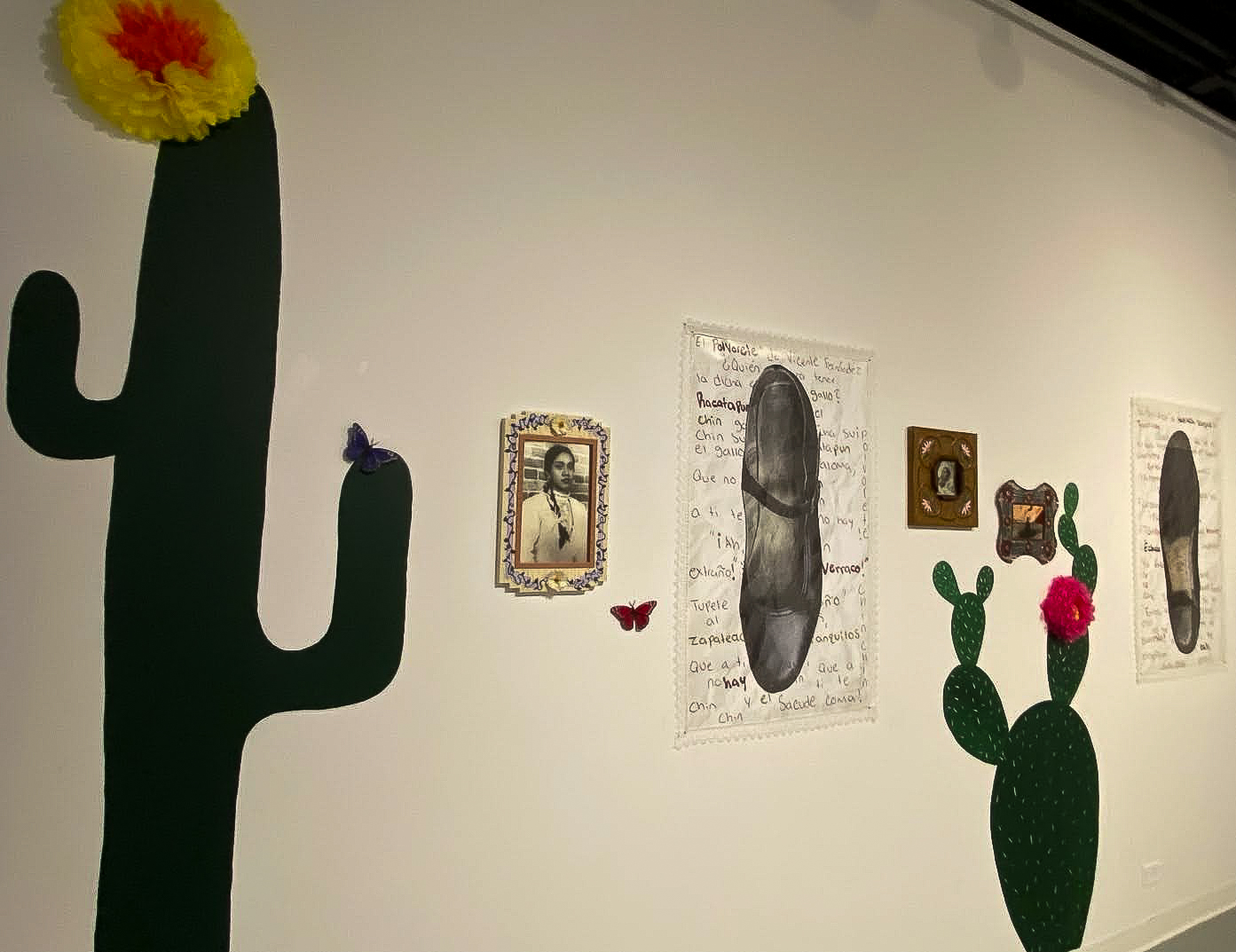
The featured art ranges across mediums such as photography, video, textiles and sculpture. The artists wanted their works to “represent contrasting subcultures within the same community and spark conversation about their social issues.” This exhibition brings light and attention to the people behind the wheel of these portable pieces of art in a city where one in five Chicagoans identify as Mexican, according to U.S. Census data.
When you enter the “Dulce Vida” exhibit, one of the most impressive pieces on display is the hood of a lowrider covered in pictures from the rest of the exhibit, all arranged on a film roll, showing people at a lowrider show surrounded by loved ones. The time and effort put into the customization of these cars is a large part of the craft and is often a representation of the person driving it. Pictures highlight children or teens hanging out next to or in these vehicles, showing how these gatherings are a part of growing up with a family member who’s part of this community. At lowrider shows, drivers show off their cars to other drivers, friends, families and other curious people. These shows are also explored in a film playing on a loop that shows lowrider cars bouncing, thanks to customized hydraulics.
As you progress through the exhibit, the emphasis on cars fades, and you are shown pieces that are more common to Mexican art exhibits, such as tapestries, yellow marigold flowers, and photos of women dancing in traditional and colorful Jalisco dresses. This portion represents adulthood and the traditional parts of Mexican culture. Yet, it’s only once you reach the last part of the show that you realize you’ve walked through the life cycle. In the last section of the exhibit, right next to the exit, are photographs depicting an elderly Mexican woman; those photos are surrounded by others showing dying plants and cracked walls, worn down through time. When we reach the end of the Dulce Vida exhibit, we’ve walked through a life filled with love, culture and lowriders.
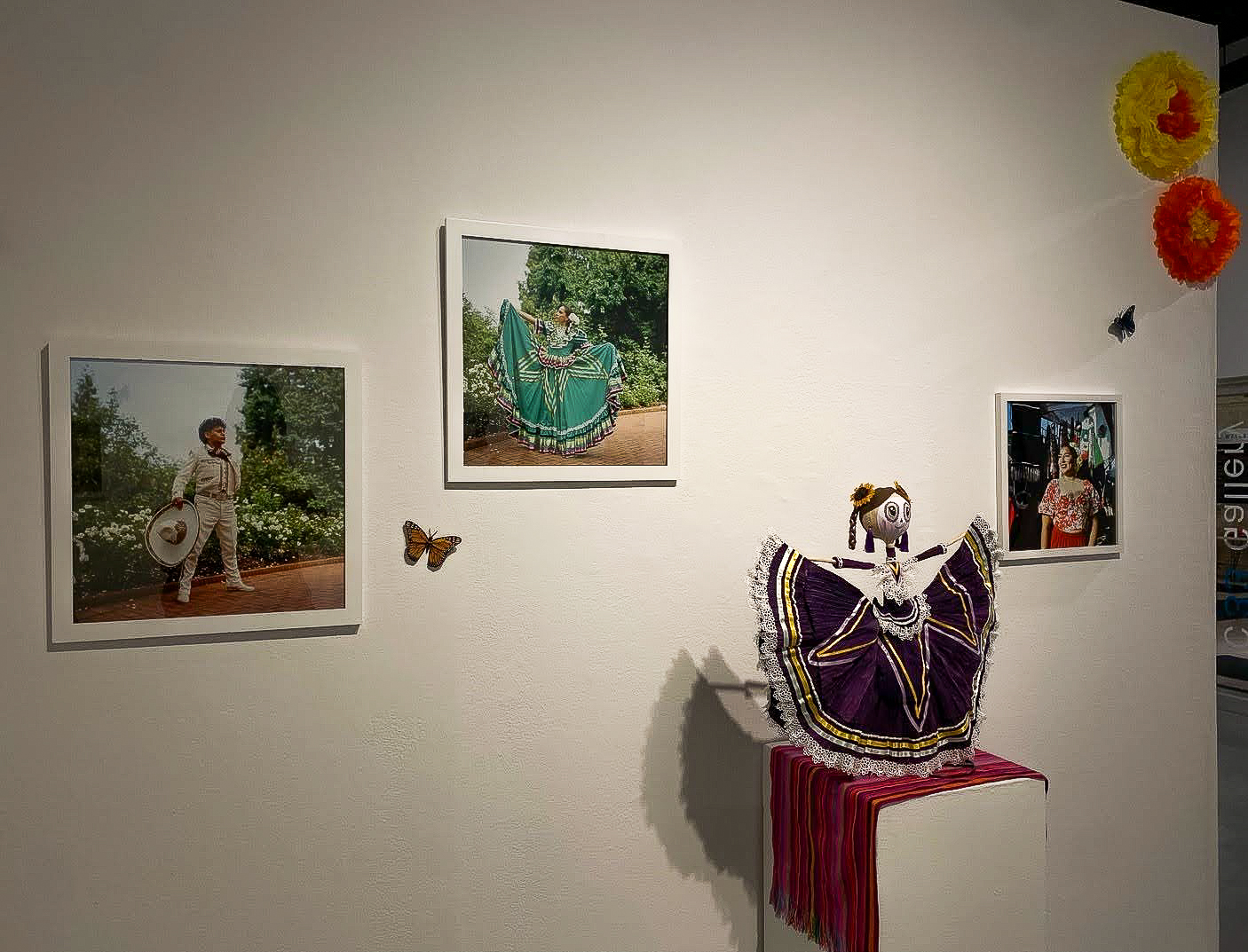
By Tatiana Mays
The “Dulce Vida” art exhibit presents an intersectional view of the Hispanic American presence in Chicago. The exhibit presents photography and multimedia works that embody the three artists’ experiences and interactions in traditional Mexican Folkloric dance, lowrider culture and intersectionality.
These bodies of work were realistic and emotionally provoking. The exhibit is structured in a “circle of life” way, making the flow of looking at each photo, object and video feel like a journey through a lifetime.
The colorful Mexican folkloric dance images made me wonder what songs they were dancing to. The lowrider images show children playing and posing next to the cars. At the end of the exhibit, a portrait of an older woman and images of dead flowers show how life winds down.
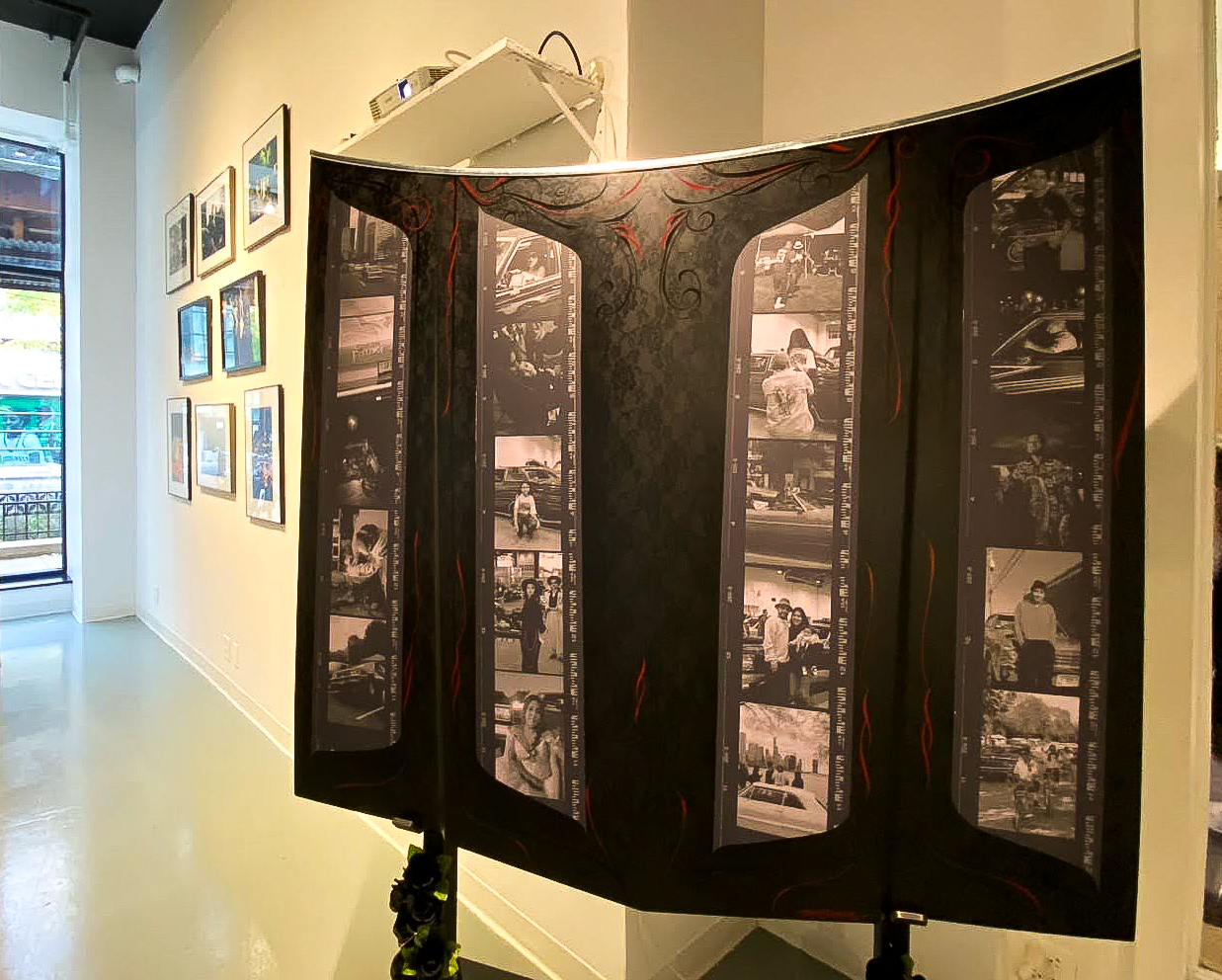
By Emma Jane Bauer
The art exhibit “Dulce Vida” centers Mexican American and Chicano culture, using personal experiences to highlight lowrider culture and folkloric dancing within a multimedia installation.
The exhibit guides visitors counterclockwise through the gallery space, presenting the stages of life, starting with young people and families within the lowrider community and ending in old age, with photographs of an elderly woman, surrounded by wilting flowers.
The exhibit immerses visitors into Mexican and lowrider culture with photography, film, printmaking, painting and decorative objects, as well as a more prominent installation: a decorated car hood. All decor contributes to a larger depiction of cultural identity.
The artists capture a cohesive style while still exhibiting unique personal styles that emphasize the tight-knit community their work seeks to convey.
The lowrider community uplifts and affirms identity and community, and the Dulce Vida exhibit amplifies that sentiment of cultural pride.
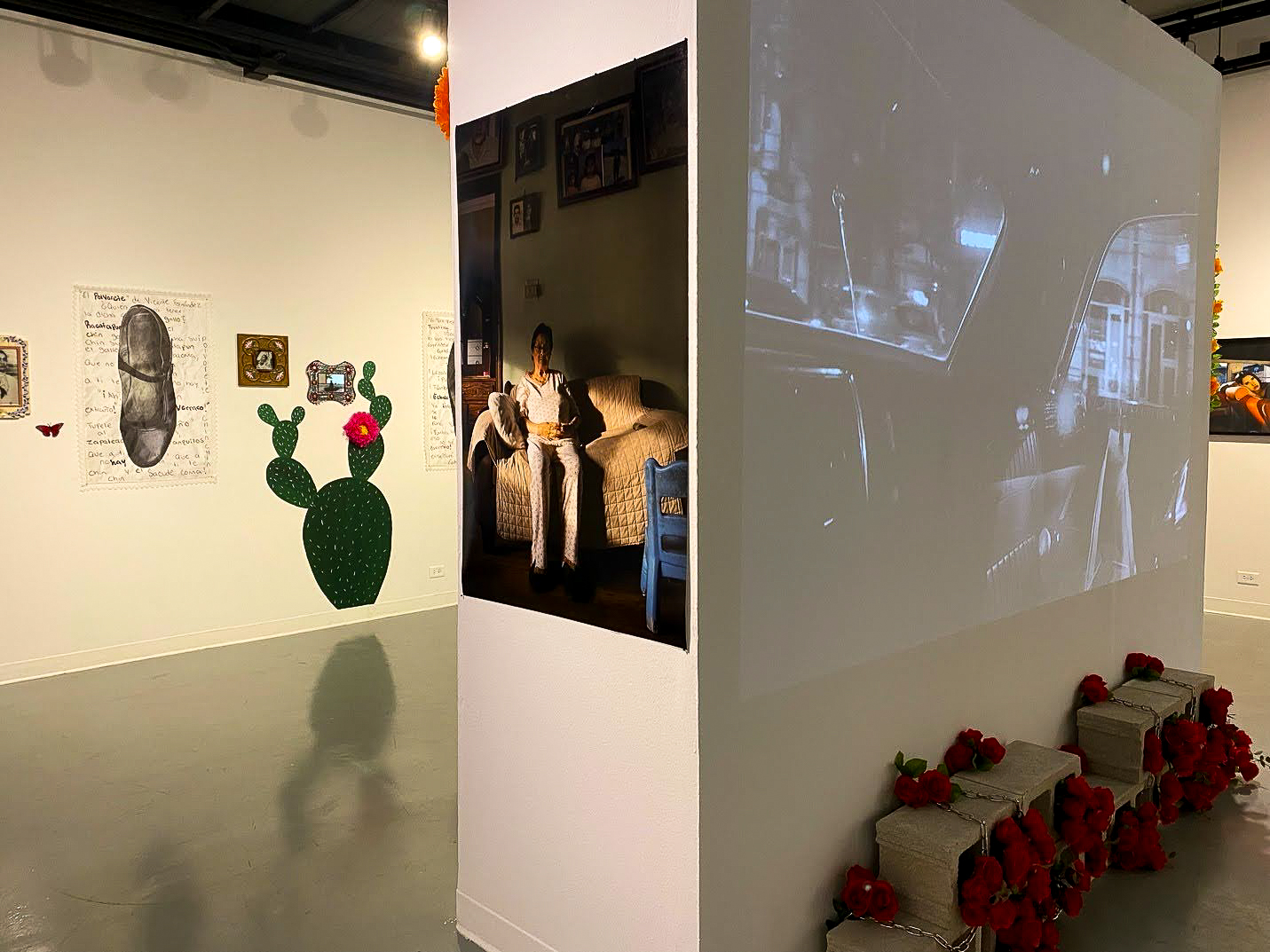
By Haidon Villa
The expressive multimedia exhibit “Dulce Vida” captures the essence of the Hispanic and Latino community in Chicago. The exhibit focuses on the Mexican aspect of the culture, but it is also a stellar representation of all communities and cultures.
The exhibit sheds light on the Hispanic community in Chicago, and works to end the stereotype that people involved in lowrider culture are gangsters and cholos. Instead, the exhibit showcases the beauty of connection and togetherness, bringing people together to celebrate life itself.
As you make your way through the exhibit, you are presented with film, photography and 3D installations — as well as flooded with emotions. The three artists, Lizeth Medina, Carmen Ordonez and Carolina Villanueva, work together to portray a culture that contributes to Chicago’s community. While each individual project bounces off one another providing a main story, they also tell separate stories.
The lowrider pictures and video and folkloric dancing pieces represent community and family, with a shared emphasis on the people themselves. The lowrider portraits are more posed, with people staring into the camera with serious faces, compared to the dancing women, immersed joyfully in their own art form.
The gallery ends with a formal portrait of an elderly woman, her essence captured in her expressionless face. She has a story to tell too, but we can only guess what it is.




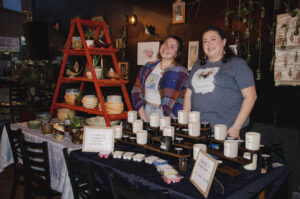
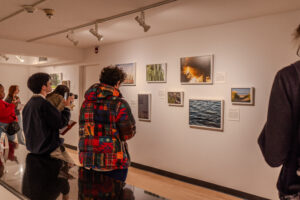


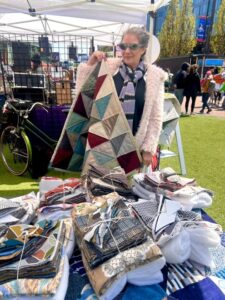
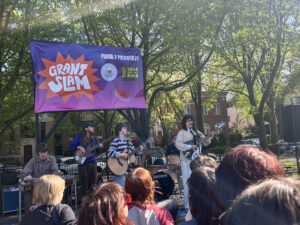

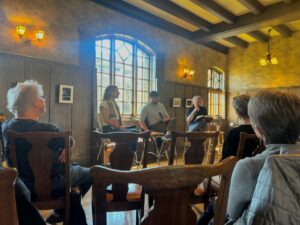





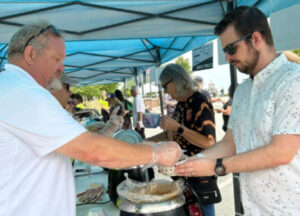
Be First to Comment